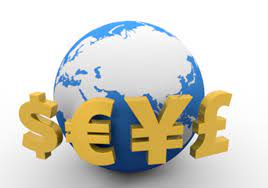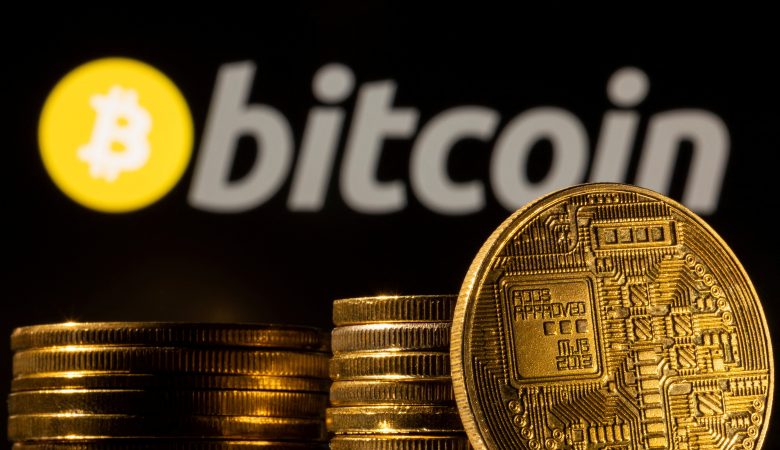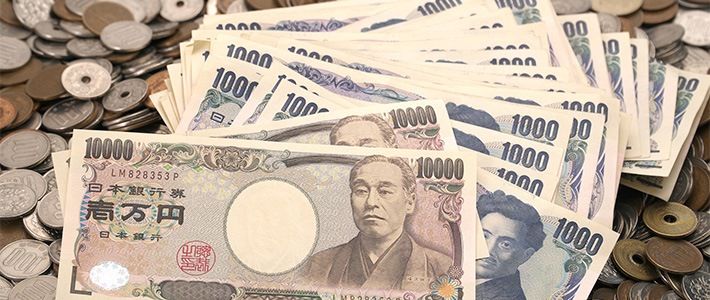What are units in currency?
When referring to money, “units” are the fundamental measurements or denominations that are used to denote a specific amount of that money. These units differ from one currency to the next and are normally established by the central bank or government that issued the currency.
For example:
- The “dollar,” which is further broken into 100 smaller units called “cents,” serves as the foundational unit of money in the United States.
The “euro,” which is the fundamental unit of money in the Eurozone, is split into 100 smaller units known as “cents” or “euro cents.”
The “pound,” which is the foundational unit of money in the United Kingdom, is broken into 100 incremental units called “pence.”
Particularly for lesser sums of money, the breakdown into smaller units enables more exact calculations and transactions. Larger units, like the dollar or the euro, are employed in more significant transactions and serve as standards within their own monetary systems.
How do you calculate currency units?
When calculating currency units, a given amount in one currency is converted into the corresponding amount in another currency using the two currencies’ most recent exchange rates. An explanation of how to compute monetary units is provided below:
- Identify the Exchange Rate: Identify the two currencies you want to convert and their current exchange rates. According to the exchange rate, one unit of the first currency is worth how much in the second currency.
- Understand the Direction of Conversion: Find out if you are converting from one currency to another (for example, from USD to EUR) or from one currency to another (for example, from EUR to USD). The computation will change depending on the direction, thus it is important.
- Perform the Calculation:a. Converting from First Currency to Second Currency:To get the comparable amount in the second currency, multiply the first currency’s value by the exchange rate.
Equivalent Amount in Second Currency=Amount in First Currency×Exchange Rate
b. Converting from Second Currency to First Currency:
To get the comparable amount in the first currency, multiply the amount in the second currency by the exchange rate.
Equivalent Amount in First Currency=Amount in Second CurrencyExchange Rate
- Consider Fees or Commissions: Remember that banks, exchange bureaus, or other financial institutions may charge fees or commissions for currency exchanges. If applicable, be careful to include these extra expenses in your estimates.
- Round to Appropriate Units: Round the converted value to the proper units for the situation. To the nearest whole number, for instance, or to a specific decimal place, for example.
- Verify and Double-Check: Always double-check your figures for accuracy, especially when working with money or making significant conversions.
You may compute the comparable amount in the specified currency units precisely by following these steps and applying the current conversion rate.

Importance unit of currency:
The currency unit, along with the minor units it corresponds to (such as cents or pence), is crucial to a nation’s financial and economic systems for a number of reasons.
- Standardization and Measurement: A consistent way to assess the worth of commodities, services, assets, and transactions is through the use of currency units. They create a standard unit of account, making comparisons and valuations reliable.
- Facilitating Transactions: A currency’s breakdown into smaller units, or “minor units,” makes transactions easier by permitting exact pricing and the exchange of small sums of money. For daily purchases, trade, and commerce, this is crucial.
- Price Transparency: To increase price transparency and make it simpler for customers to comprehend and compare prices, currency units are used. Making informed purchasing decisions is made easier with clear pricing, which also encourages market competition.
- Economic Stability and Monetary Policy: Economic stability depends on the currency unit being stable and managed properly. Monetary policy is used by central banks to regulate inflation and deflation, control the money supply, and maintain the value of the currency.
- Foreign Exchange and Trade: In foreign exchange markets, where currencies are traded against one another, currency units are extremely important. International trade, investment, and capital movements are impacted by exchange rates, which indicate how valuable one currency is in relation to another.
- International Transactions: Standardized currency units are necessary in the global economy for carrying out cross-border business transactions, negotiations, and agreements. To engage in cross-border activities, both businesses and individuals need to understand how much money is worth in other currencies.
- Fiscal and Economic Planning: The currency unit is a tool that governments use to create budgets, allocate resources, and plan economic growth. The currency unit has an impact on investment decisions, state spending, and income production.
- Financial Contracts and Agreements: The unit of currency is used as the unit of measurement for contracts, loans, investments, and financial arrangements. Contract enforcement and the smooth operation of financial markets both depend on a stable and widely used monetary unit.
- Public Confidence and Trust: For the public to have faith and trust in the monetary system, the stability and integrity of the currency unit are essential. People must have confidence in the currency’s ability to hold onto its value over time.

In conclusion, the currency unit is a crucial component for the smooth operation of financial institutions, economies, and global trade. It serves as a foundation for economic transactions, activities, and financial planning, influencing both people and organizations.




